A simple chemical reaction gives platelets the ability to swim around.
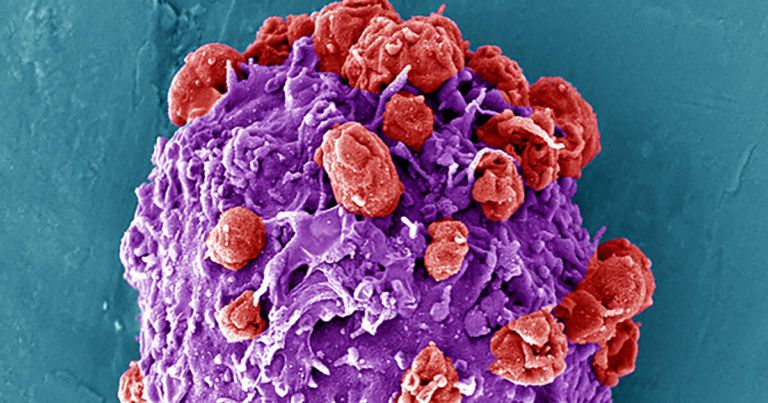

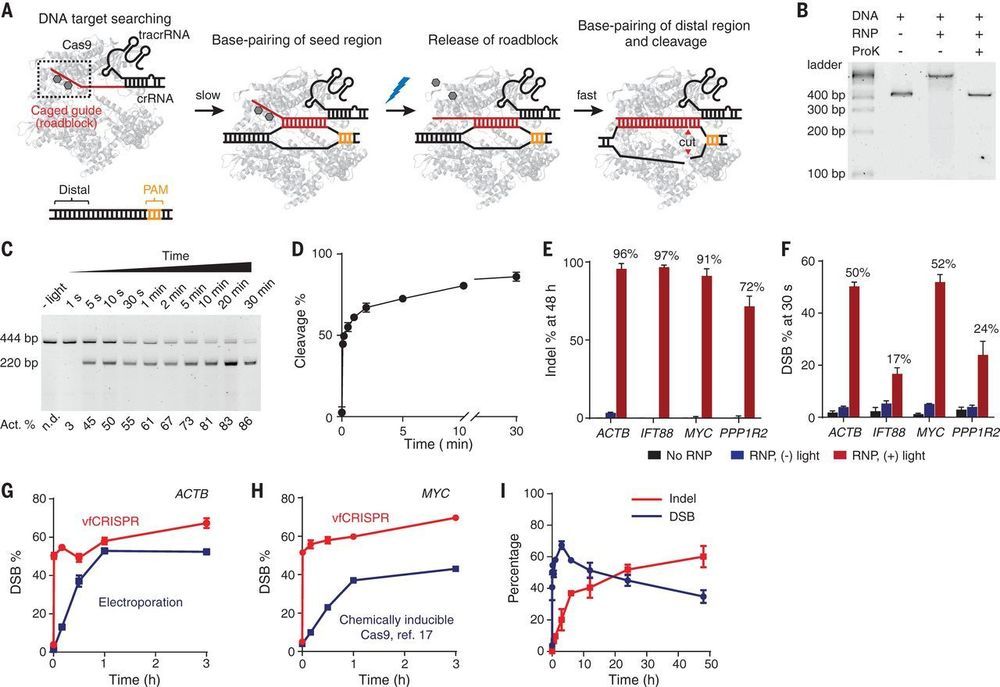
Numerous efforts have been made to improve the temporal resolution of CRISPR-Cas9–mediated DNA cleavage to the hour time scale. Liu et al. developed a Cas9 system that achieved genome-editing manipulation at the second time scale (see the Perspective by Medhi and Jasin). Part of the guide RNA is chemically caged, allowing the Cas9-guide RNA complex to bind at a specific genomic locus without cleavage until activation by light. This fast CRISPR system achieves genome editing at high temporal resolution, enabling the study of early molecular events of DNA repair processes. This system also has high spatial resolution at short time scales, allowing editing of one genomic allele while leaving the other unperturbed.
Science, this issue p. 1265; see also p. 1180
CRISPR-Cas systems provide versatile tools for programmable genome editing. Here, we developed a caged RNA strategy that allows Cas9 to bind DNA but not cleave until light-induced activation. This approach, referred to as very fast CRISPR (vfCRISPR), creates double-strand breaks (DSBs) at the submicrometer and second scales. Synchronized cleavage improved kinetic analysis of DNA repair, revealing that cells respond to Cas9-induced DSBs within minutes and can retain MRE11 after DNA ligation. Phosphorylation of H2AX after DNA damage propagated more than 100 kilobases per minute, reaching up to 30 megabases. Using single-cell fluorescence imaging, we characterized multiple cycles of 53BP1 repair foci formation and dissolution, with the first cycle taking longer than subsequent cycles and its duration modulated by inhibition of repair. Imaging-guided subcellular Cas9 activation further facilitated genomic manipulation with single-allele resolution.
Groundbreaking research finds that the human brain creates multi-dimensional neural structures.

Here are a few details that have remained more or less intact: J, when he was alive, had dark brown hair, large eyes, olive skin. He loved Proust and Fitzgerald, Marsalis and Bechet. Said things like “this too shall pass,” wrote them on rogue scraps of paper, and hid them in the bottoms of our backpacks.
Then, one morning, he was gone.
I tried to remember all of the details that constituted him, but my memory would not allow it. Instead, I saw a body vaulting through the sky, a bike clumsily skidding below, and I was furious with myself for not being able to imagine something else or, at the very least, remember more. Me, the keeper of a thousand notebooks. The guardian of a thousand pens. But The Cloud, my trusty companion, seemed to have stored all of him. And when grief took me, it preempted my needs like any good lover would; showed me parts of myself I didn’t know were there and parts of others I had almost completely forgotten—and because the bereaved and the writer in me were rattled in their obsessive need to remember, they both gave themselves over to it entirely.
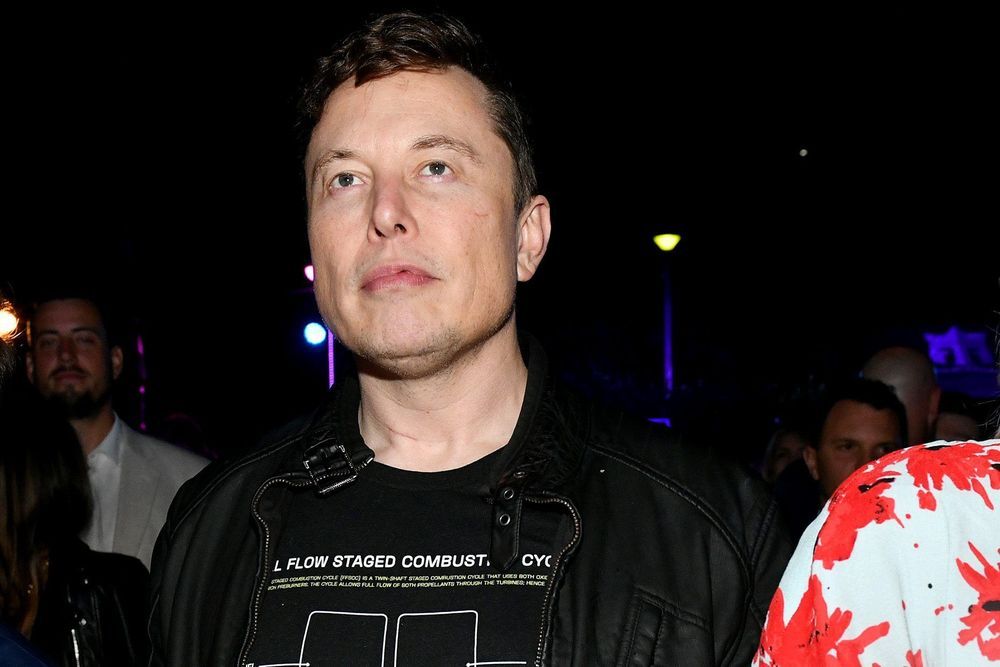

The largest Mayan structure to date has been discovered at a new site in Tabasco, Mexico. In a new paper in Nature, the researchers describe how they used lidar surveys, excavations, and radiocarbon dating of charcoal samples to find and age the site which has been named Aguada Fénix.
“To our knowledge, this is the oldest monumental construction ever found in the Maya area and the largest in the entire pre-Hispanic history of the region,” the researchers say.
This 3,000-year-old discovery—and additional previous findings—challenge the notion that Mayan civilization began gradually with small villages and eventually evolving into larger sites and ceremonial complexes. For example, a formal ceremonial complex and plateau dating back to 950 B.C. was previously discovered in Ceibal, Guatemala, that “suggests that substantial ceremonial centers developed in the Maya lowlands earlier than was previously thought.” The Ceibal structure was believed to display the oldest Mayan architecture before Aguada Fénix was found.
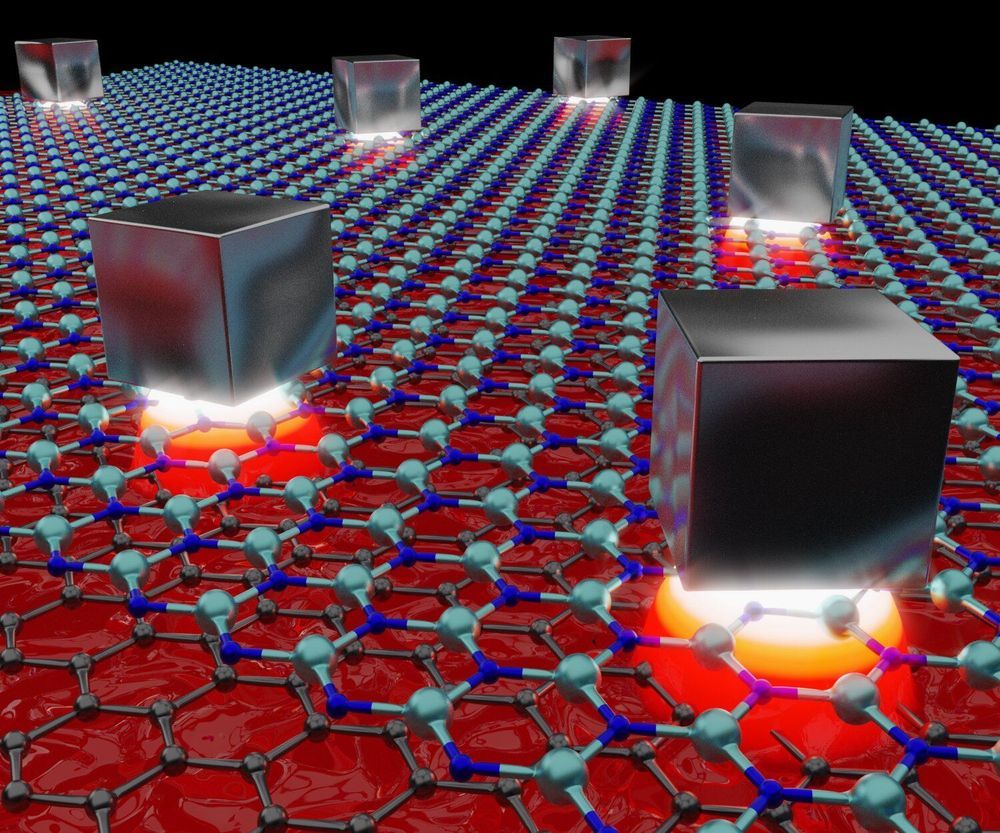
Miniaturization has enabled technology like smartphones, health watches, medical probes and nano-satellites, all unthinkable a couple decades ago. Just imagine that in the course of 60 years, the transistor has shrunk from the size of your palm to 14 nanometers in dimension, 1000 times smaller than the diameter of a hair.
Miniaturization has pushed technology to a new era of optical circuitry. But in parallel, it has also triggered new challenges and obstacles, for example, controlling and guiding light at the nanometer scale. Researchers are looking for techniques to confine light into extremely tiny spaces, millions of times smaller than current ones. Studies had earlier found that metals can compress light below the wavelength-scale (diffraction limit).
In that aspect, graphene, a material composed from a single layer of carbon atoms, which exhibits exceptional optical and electrical properties, is capable of guiding light in the form of plasmons, which are oscillations of electrons that strongly interact with light. These graphene plasmons have a natural ability to confine light to very small spaces. However, until now, it was only possible to confine these plasmons in one direction, while the actual ability of light to interact with small particles like atoms and molecules resides in the volume into which it can be compressed. This type of confinement in all three dimensions is commonly regarded as an optical cavity.

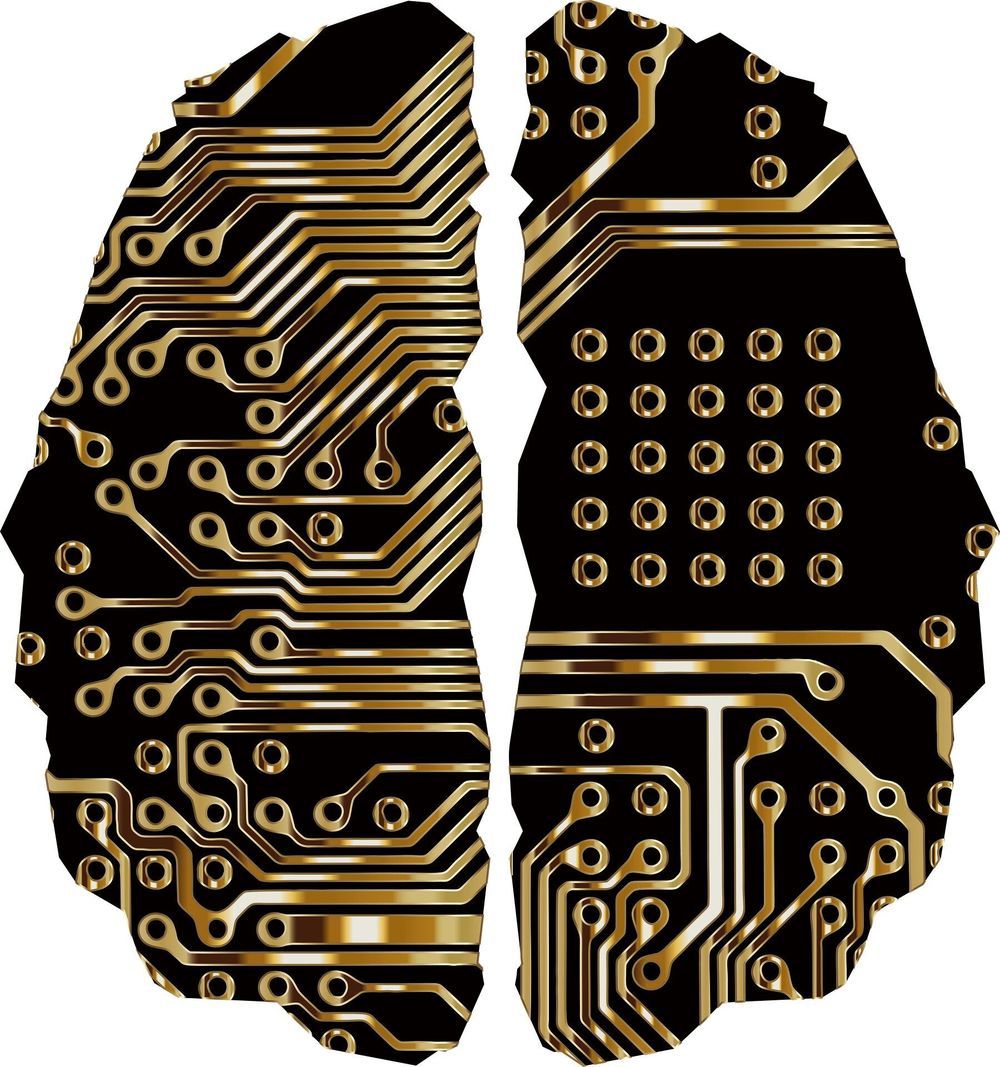
Rice University researchers have demonstrated methods for both designing innovative data-centric computing hardware and co-designing hardware with machine-learning algorithms that together can improve energy efficiency by as much as two orders of magnitude.
Advances in machine learning, the form of artificial intelligence behind self-driving cars and many other high-tech applications, have ushered in a new era of computing—the data-centric era—and are forcing engineers to rethink aspects of computing architecture that have gone mostly unchallenged for 75 years.
“The problem is that for large-scale deep neural networks, which are state-of-the-art for machine learning today, more than 90% of the electricity needed to run the entire system is consumed in moving data between the memory and processor,” said Yingyan Lin, an assistant professor of electrical and computer engineering.
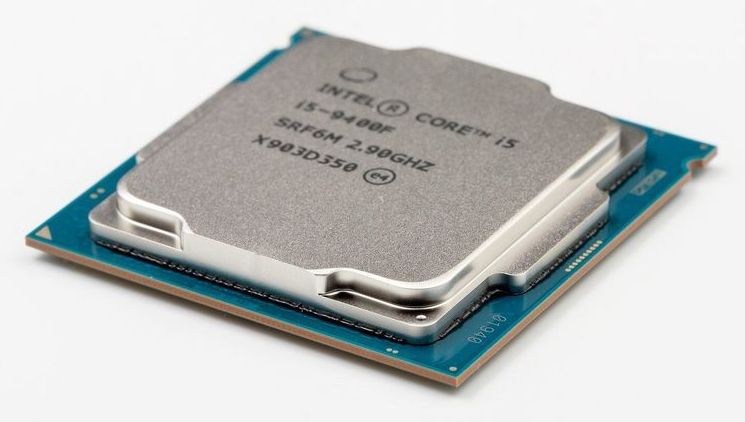
A pair of new security threats to Intel-based computer systems have been revealed. The beleaguered semiconductor chip manufacturer has faced a seemingly endless series of vulnerabilities over the past two years.
Although no known attacks have occurred, two teams of researchers have confirmed vulnerabilities in what is supposed to be the safest neighborhood within Intel processor architecture.
One attack, dubbed SGAxe, can gain entry into Intel’s Software Guard eXtensions (SGX) services that were specifically designed to protect critical data in the event of massive assault elsewhere in a system. A hacker theoretically can steal cryptographic keys stored in SGX and use them to break security measures protecting sensitive data such as financial records, copyrighted content or passwords.